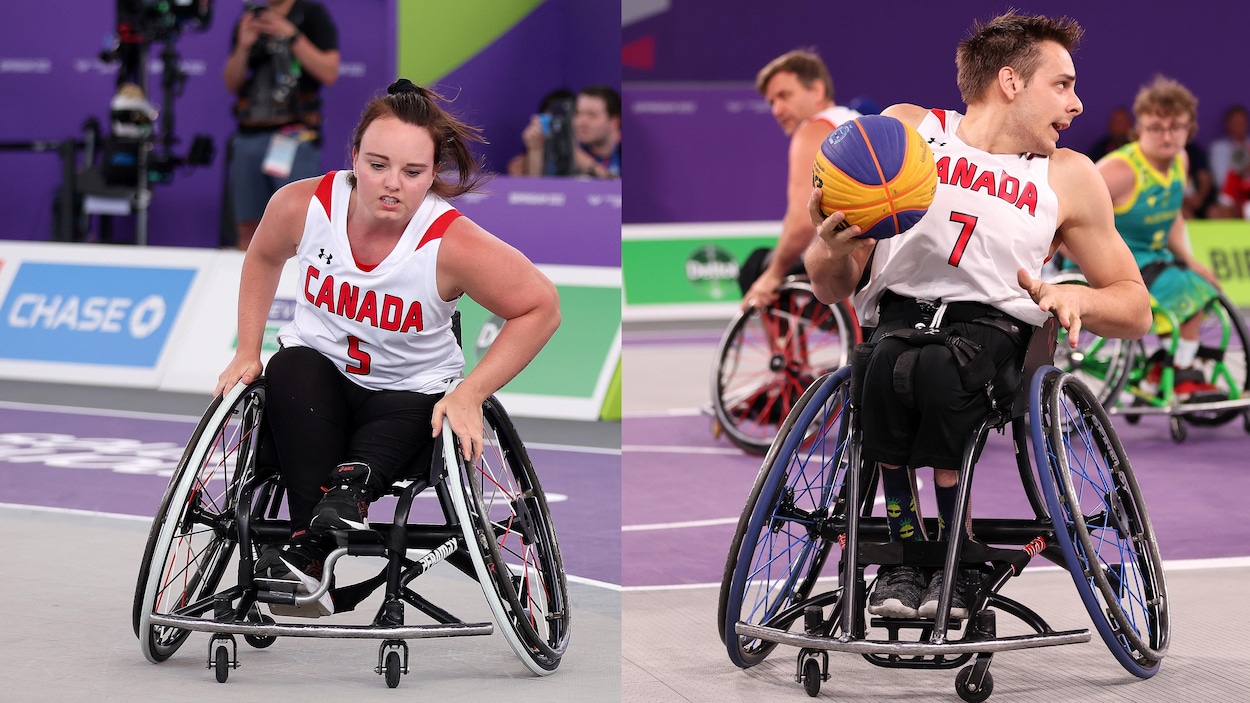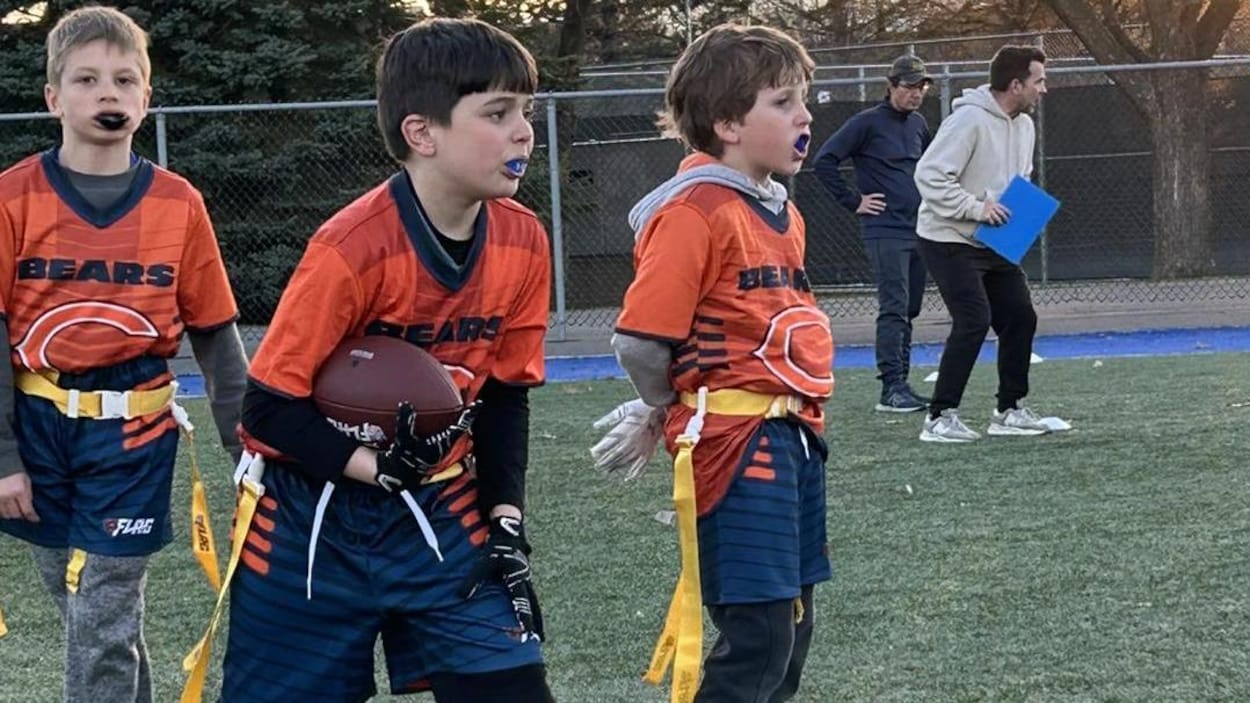PROTECT YOUR DNA WITH QUANTUM TECHNOLOGY
Orgo-Life the new way to the future Advertising by AdpathwayToday’s guest is Boo Schexnayder. Irving “Boo” Schexnayder is a world-class coach and consultant with over 44 years of experience in track and field. Renowned for producing 26 NCAA Champions and 8 Olympic/World Championship medalists, he co-founded Schexnayder Athletic Consulting and founded the Track and Field Academy. A former LSU coach and USA Track and Field leader, Boo’s expertise in biomechanics and training design extends to multiple sports, making him a sought-after mentor worldwide.
It’s common to think that, as time moves forward in any discipline, that discipline becomes better. What seems to define much of athletic performance and sport itself is that outputs become the priority while movement quality and literacy become watered down.
On today’s podcast, Boo gives wisdom into the process of comprehensive athletic development by leaning into general strength and movement training. He goes over his movement batteries, scramble circuits, training diversity, and tempo sprints. Boo also gives his take on the use of supramaximal eccentrics, covers hamstring injury prevention strategies, and discusses his sprint-float-sprint protocols, alongside a sea of further training wisdom.
Today’s episode is brought to you by Hammer Strength and LILA Exogen wearable resistance.
Use the code “justfly25” for 25% off any Lila Exogen wearable resistance training, including the popular Exogen Calf Sleeves. For this offer, head to Lilateam.com

Podcast: Play in new window | Download (Duration: 1:17:00 — 70.5MB) | Embed
Subscribe: Apple Podcasts | Spotify | Amazon Music | Android | Pandora | iHeartRadio | JioSaavn | Podchaser | Email | Deezer | Anghami | Youtube Music | RSS
View more podcast episodes at the podcast homepage. (https://www.just-fly-sports.com/podcast-home/)
Timestamps
1:25 – The evolution of general strength since the 90s
23:12 – General strength across track and team sports
28:47 – Adding multi-directional work for linear athletes
37:18 – Managing tempo volume for higher intensity
42:50 – Polarized training over middle-ground tempo
44:14 – Using tempo for restoration, not breakdown
47:24 – Short sprints on low days to cap tissue load
48:50 – Eccentric overload within a balanced profile
57:08 – Sprinting and mobility for hamstring resilience
1:12:02 – Setting fly-float-fly zones by max velocity
1:12:52 – Coaching lessons that shaped training design
Actionable Takeaways
1:25 – The evolution of general strength since the 90s
Boo explains that early “general strength” meant broad, circuit-based work (med balls, hurdle mobility, bodyweight drills), and over time, coaches either overcomplicated it or lost sight of its role.
What to try:
- Keep general strength simple—circuits that are easy to teach, scalable, and repeatable.
- Don’t let weight room complexity replace basic movement skill.
- Revisit older methods (hurdle mobility, med ball throws) that build coordination without heavy stress.
28:47 – Adding multi-directional work for linear athletes
Even linear sprinters benefit from “scramble” circuits and agility-oriented elements. Boo stresses that multi-directional tasks improve coordination, robustness, and adaptability.
What to try:
- Sprinkle in agility, shuffles, and lateral bounds for athletes who train mostly linear.
- Build circuits that force athletes to problem-solve movement, not just run straight lines.
- Think “movement quality first”—variety pays off long term.
37:18 – Managing tempo volume for higher intensity
Boo highlights that loading too much tempo work flattens intensity. Athletes need tempo in the right amount—enough for conditioning, not so much that it dulls speed.
What to try:
- Keep tempo volumes moderate so athletes can still sprint fast on quality days.
- Use tempo as restoration or rhythm training, not just mileage.
- Remember: more work doesn’t equal better adaptation—protect intensity.
47:24 – Short sprints on low days to cap tissue load
Boo explains that short 10m sprints can safely live on “low” days—they maintain speed exposure without frying the system.
What to try:
- Program 2–3 sets of short accelerations on low CNS days.
- Use these to maintain sharpness while still respecting recovery.
- Treat them as “insurance” against long gaps between true sprint exposures.
57:08 – Sprinting and mobility for hamstring resilience
Boo argues that hamstring health isn’t about endless Nordics—it’s about sprinting itself, clean mechanics, and maintaining mobility through range.
What to try:
- Sprint often and with good mechanics—this is the best hamstring protection.
- Use mobility and posture work to reduce strain at max velocity.
- Don’t over-rely on Nordics or isolated lifts; integrate them into a bigger picture.
1:12:02 – Setting fly-float-fly zones by max velocity
Boo emphasizes individualization—set fly-float-fly distances based on when each athlete actually reaches peak velocity, not arbitrary marks.
What to try:
- Time or assess each athlete to see where they hit top speed.
- Adjust fly distances so they can hold velocity, not strain before they’re ready.
- Use float sections to teach rhythm and relaxation between bursts.
Quotes
“General strength is nothing more than organized calisthenics, hurdle mobility, medicine ball, and weight room circuits—things that prepare the athlete to do more specific work later.”
“The problem is when coaches think more volume automatically means more adaptation. In reality, more often means less intensity, and intensity is the driver.”
“You can’t just live in the weight room and call that athletic preparation. The body has to move in multiple planes and directions to be resilient.”
“Sprinting itself is the best hamstring exercise—done well, it’s the most specific and most protective thing you can do.”
“Tempo is not about running people into the ground. It’s about rhythm, relaxation, and restoration.”
“We’re not trying to build superheroes in the weight room—we’re trying to build athletes who can apply force efficiently in their sport.”
“Acceleration is simple: push hard, push long. Max velocity is rhythm and posture—completely different skills.”
“Short accelerations, 10 meters or less, can safely live on low days. They touch speed without adding unnecessary tissue load.”
“Coaches get too enamored with exercises. What matters is how the training fits into the bigger puzzle.”
“The art of coaching is not how much you can add, but how much you can subtract while still making the athlete better.”
About Boo Schexnayder
Irving “Boo” Schexnayder is an internationally respected coach and consultant with over 44 years of experience in training design and biomechanics. Best known for his 18 years with LSU Track and Field, he is recognized as one of the greatest field event coaches in NCAA history, producing 26 NCAA Champions, 18 Olympians, and 8 Olympic or World Championship medalists, while contributing to 13 NCAA team titles.
Beyond his success on the track, Boo co-founded Schexnayder Athletic Consulting and has been a leading voice in coaching education, serving as program director of the USTFCCCA Track and Field Academy and holding leadership roles with USA Track and Field. His expertise extends into professional and collegiate sports across football, basketball, soccer, golf, and volleyball, where he has designed programs for speed, power, and rehabilitation. A former mathematics teacher from Vacherie, Louisiana, Boo is known for blending science with simplicity, earning global recognition as a mentor, educator, and one of the most trusted figures in athletic performance.
Free Speed Training eBook - Velocity 101

Improving speed is one of the most popular topics in the athletic performance equation. Where there are many ideas and thoughts out there, as to particular training exercises, or setups, the more core aspects of speed training often go without mention. These include the fundamental aspects of what makes an athlete fast, specific sprint-power concepts, the relevance of "3D" motion, motor learning and more.
Velocity 101 will help you take a leap forward in understanding of what makes athletes fast, and how to train it effectively
Invalid email address
We will never sell your information and you can unsubscribe at any time.


 3 days ago
1
3 days ago
1
















 English (US) ·
English (US) ·  French (CA) ·
French (CA) ·